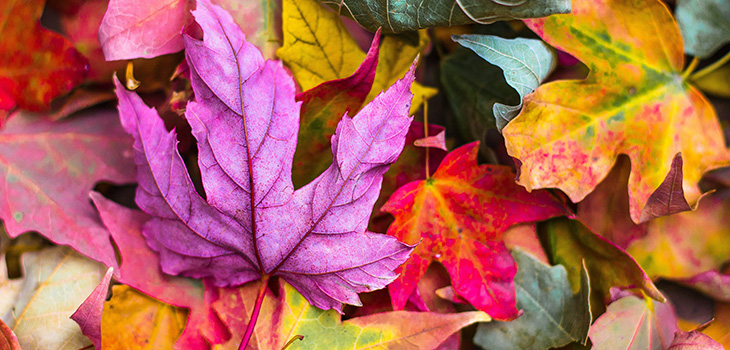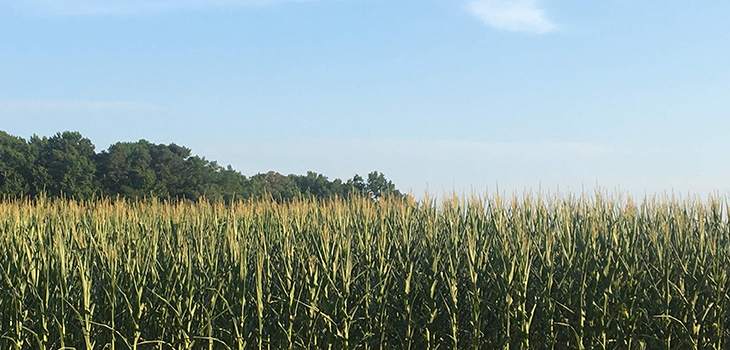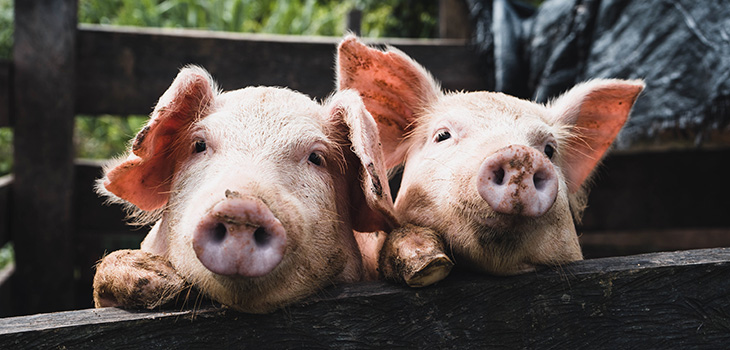Learn more about the bird banding research conducted at Merry Lea: we will introduce you to two young birds banded at Merry Lea in past years in July.
– Written by Carol Good-Elliott, Environmental Educator
Telling species of sparrows apart can be tricky for many of us. However, it can be even more challenging around this time of year, in the summer, because there are many young sparrows who have fledged (left their nests to fly around). These young sparrows who have fledged (called fledglings), don’t look quite like adults yet in the late spring and early summer.
Let’s look at these two sparrows (above) that we banded at Merry Lea in past years in July. There are a few clues that help us know they are young that hatched in the year we caught them. One of the clues is how loose and floofy their feathers are. Growing feathers takes a lot of energy. When young birds grow their first set of feathers all at once, these feathers are thinner and fluffier than the feathers they will grow later in life. As adults, they will grow fewer at a time so each one is sturdier and less fluffy.
A second clue has to do with the birds’ beaks. The fledgling on the right still shows some of its “baby gape” around the beak. Nestlings’ mouths are bright yellow on the inside and at the corners of their beaks. This acts as a feeding trigger for the parents. As the young continue to grow and finally leave the nest, this yellow fades. The fledgling on the right still has some of this yellow at the corners of its mouth and along the edge of its beak which helps us know that it just recently left the nest. The fledgling on the left was an older fledgling when we banded it, so almost all of its baby gape was gone with just a trace of swelling at the corner of its beak.
So who are these youngsters?
The bird on the left (mystery fledgling #1) – a song sparrow – was easier for us to identify because it already was showing more of the patterning it would have as an adult. It was fairly large (compared to the bird on the right) and had 2 distinctive broad brown stripes on the top of its head, a brown eyeline, and a broad creamy malar line (going down diagonally from the corner of the beak) with dark lines on each side. The streaking on the breast was in a different pattern than it would finally have as an adult and its coloring was more creamy and tan overall than it would finally have as an adult, but it was definitely a song sparrow. (See the adult song sparrow below to compare these patterns and colors.)
The bird on the right (mystery fledgling #2) – a field sparrow – was trickier for us because none of us at the banding station had seen this species at this age and it looked much more different from how it finally would as an adult. It was much smaller than the song sparrow fledgling (you can compare it to the size of the hand holding it) which was one clue for us to go on. At our banding station, song sparrows and field sparrows are the two sparrows we regularly hear singing and find in our nets in July. This was definitely not a song sparrow fledgling, so we suspected it was a field sparrow.
It shows a thin, faint white eye ring and pink legs and feet which are both characteristics of field sparrows. Adult field sparrows, though, have pink beaks, rusty caps, and unstreaked breasts – very different from this fledgling. (See the photo of an adult field sparrow below.) After taking measurements and doing a bit of research we confirmed that this must be a field sparrow before we banded and released it. This was a great opportunity for us to learn more about a bird species that we handle often, but that we very rarely see at this stage of life!
Neither of these individuals have been found again at Merry Lea, which is normal: after they have finished their fledging period, young birds typically disperse away from the area where they hatched in order to set up their own territories somewhere else the following breeding season. We hope that both of these youngsters are still living and thriving somewhere.



